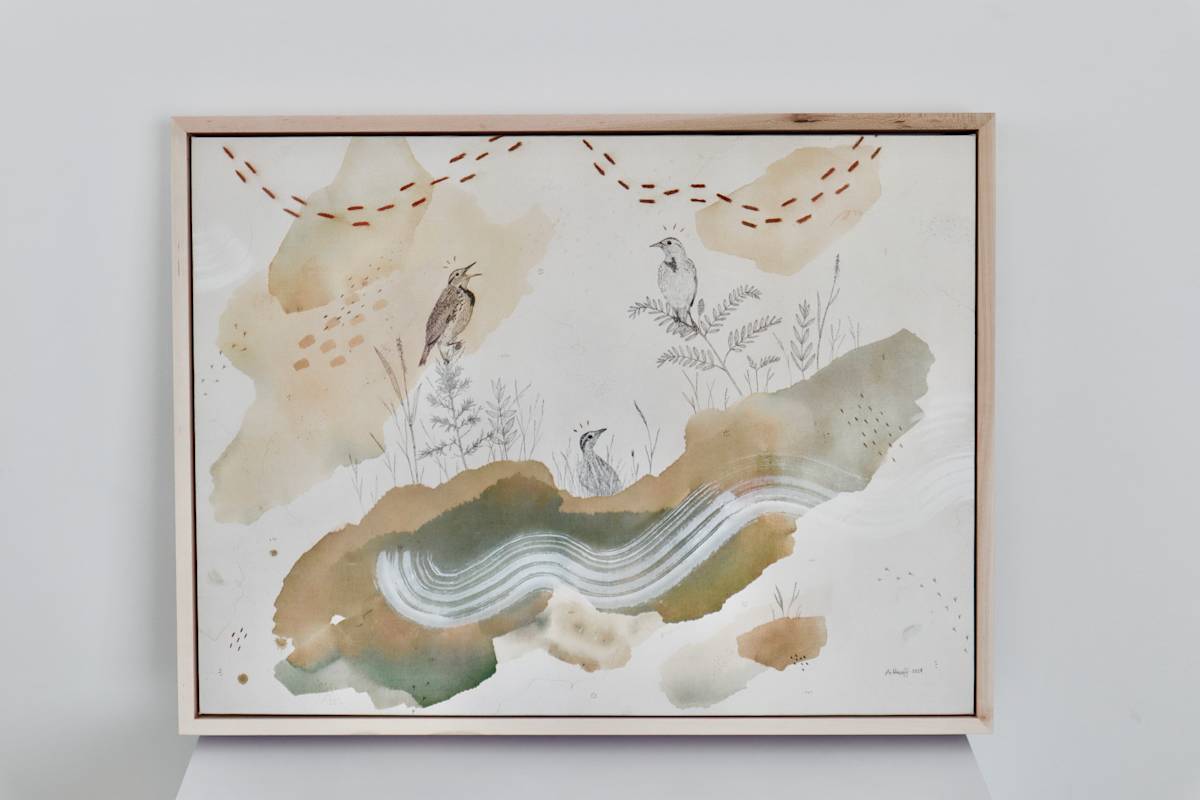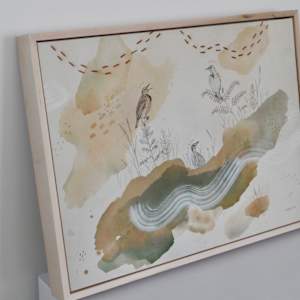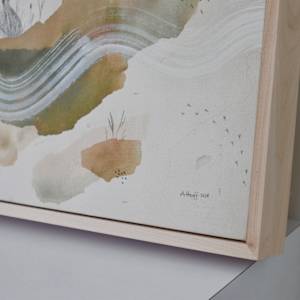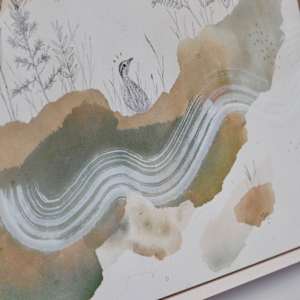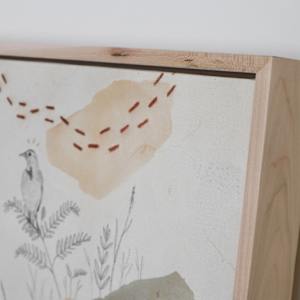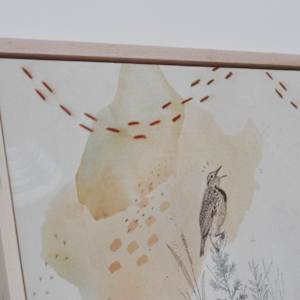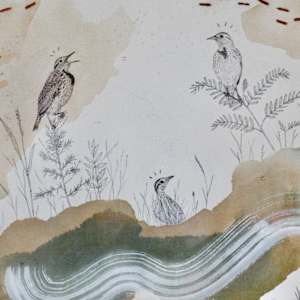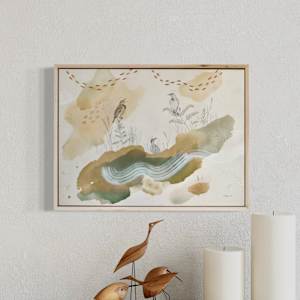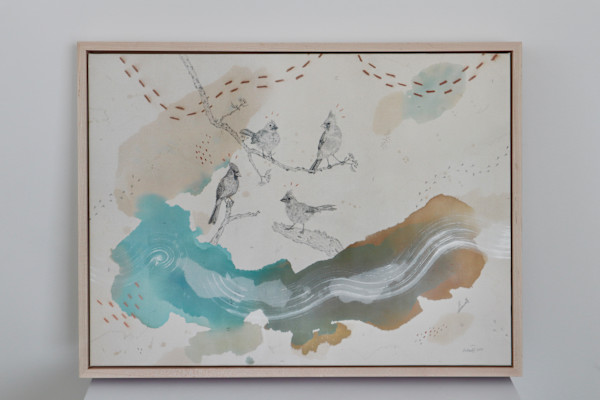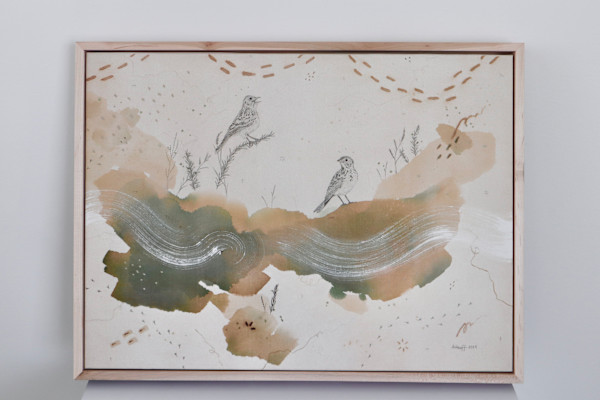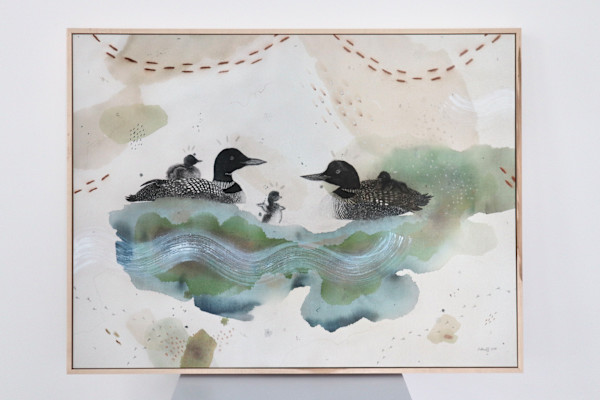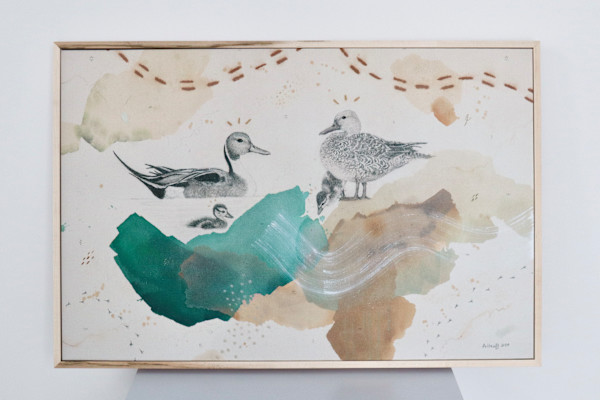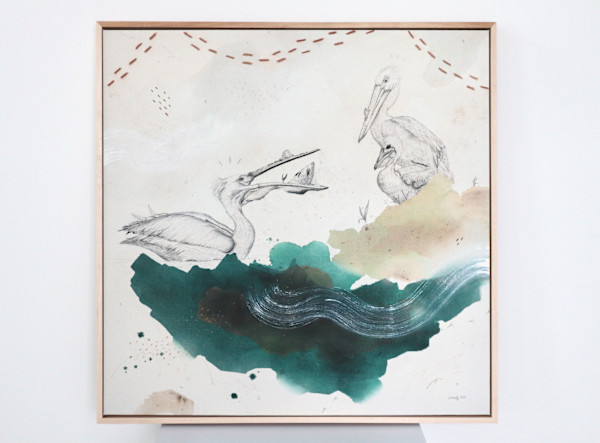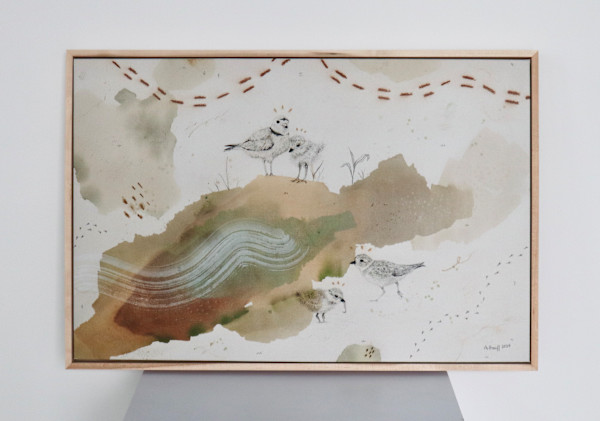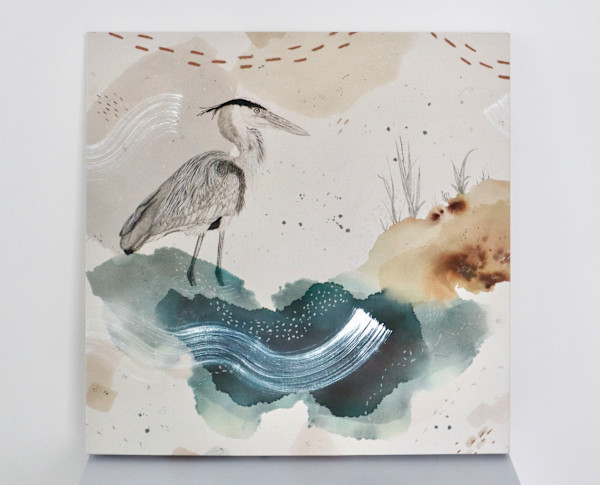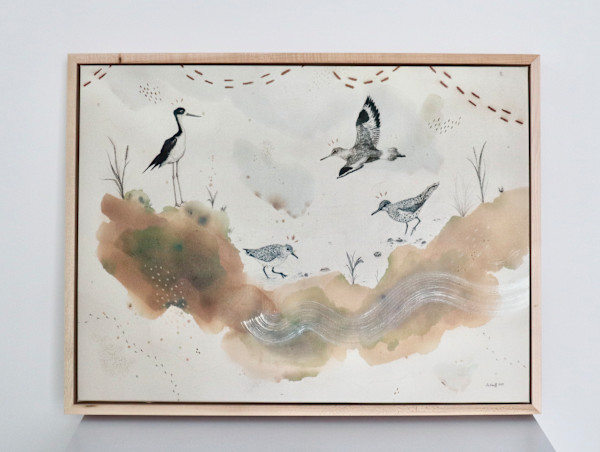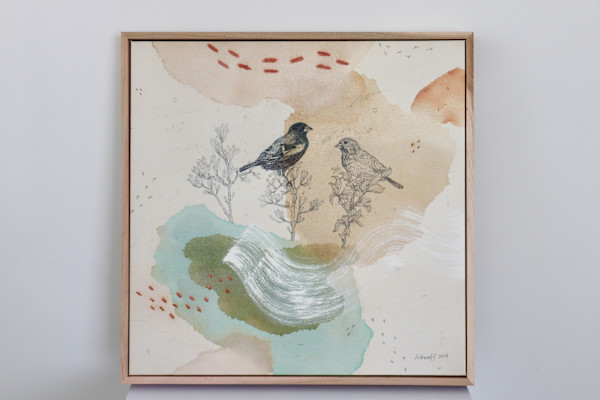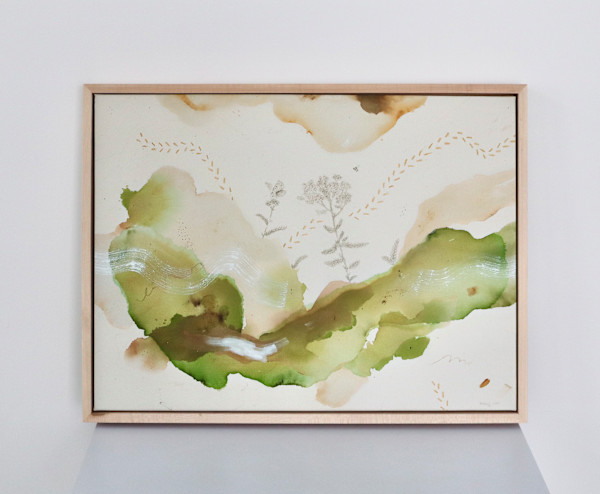If you’re a Midwesterner, this might be your State Bird. Though similar in appearance, Western and Eastern Meadowlarks have different songs and territories and very rarely interbreed. Their fluting, melodious song is legendary and has been associated in Native American folklore with bringing peace, protection, and abundance. Some Natives believe their song called the buffalo forth. In the early 20th century, Western Meadowlarks were even brought to the Hawaiian islands by civic groups in an effort to introduce songbirds for aesthetic reasons (what aesthetic, who knows). They can still be found on Kauai’i today.
Meadowlarks are not larks at all but members of the Blackbird/Oriole family. They tote long beaks to forage in a behavior called “gaping,” sticking their beaks into the dirt and prying it open to access seeds and insects. Home for them is on the prairie grasslands from sea level to up to 10,000 feet. They can be hard to spot, but males will perch atop a fence or tall plant to sing.
Males and females are similar in appearance, though males are a bit more vibrant, especially during breeding season. Their calling card is a bright yellow chest with a black V- shaped band that contrasts with their spotted brown and tan coloring. As ground nesters, females choose a depression in the ground near dense vegetation and build the nest with soft grasses and shrub material. Males will spend weeks preparing a breeding territory for females and typically have two mates per season. Both males and females tend to their nestlings and defend territory.
This is a matte giclee print made-to-order with archival inks with a professional printer.
- Subject Matter: Songbird
- Collections: Fine Art Canvas Prints

